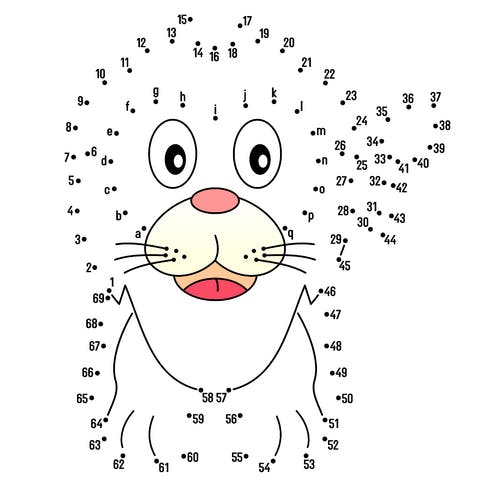Organizationally, HR plays a great role in making sure all departments are working together for one overriding shared goal or sense of purpose.
I’m telling anyone who works in HR, hey, this is a tough job. I’m also sure that by saying this, there are more than a few HR Pros saying “Whoa! Wait a minute – that sounds like leadership’s role!”
The problem we face by throwing this on the back of our leadership is that they get lost in their own department or groups, individual goals, and have a hard time understanding, or even knowing, what the goals are of the other functional areas of your organization. Someone has to own it, to make it happen – and that is where you, my HR brethren, can be very valuable.
Is this classic HR problem solving?
Malcolm Gladwell has a fantastic, insightful article over at The New Yorker called “Connecting the Dots” that looks at a number of historical scenarios in which could have been stopped or changed significantly, if someone would have connected the dots (think 9/11 type scenarios!).
I love Gladwell for the simple fact he doesn’t look to place blame, he looks to discover the truth and how, if we get another shot, is a better way to do it all over again. In his article he points out how competing interests — and in an organization’s case, competing groups — can cause a failure in connecting the dots that will benefit everyone involved. He also discusses something I think that has HR Department written all over it.
From the article:
…in our zeal to correct what we believe to be the problems of the past, we end up creating new problems for the future.”
Let that marinate for a minute…
Isn’t this classic HR problem solving? Leadership comes down and is hell bent on stopping “turnover” (or some other metric they believe will solve all of our ills!). Emergency HR meetings take place. SWOT teams are formed. Councils are created. There are “No Sacred Cows.” Change must happen. They want to see blood in the hallways — now.
Owning the “Connecting the Dots” role
So, we do stuff. We do stuff that will stop “turnover,” or fill critical openings, etc., etc., etc. And it “fixes” the problem.
And, leadership is happy — that is, until we see the fallout from the changes that were made. And there is always fallout.
It’s a tough organization problem to stop because it takes leadership that is not willing to go left-ditch, right-ditch everytime a problem pops up, and that has strong enough communication and foresight to understand that the dominos they tip over today will knock over some more tomorrow.
But it helps if there is a voice of reason yelling from the back row of the conference room (a brave voice – I might add!). It also helps if we in HR can lead by example – and stop in our zeal to correct a problem, create more problems for the future.
HR owns the role of “Connecting the Dots” for our organization. Someone has to do it, so I pick us. We tend to be the voice of reason anyway, so it fits.
But go into this role eyes-wide-open, because it won’t make you popular. After all, no one likes a voice of reason when they are hell bent on change, but eventually those will half a head on their shoulders will figure out your value, and that’s more important than popularity!
This was originally published on Tim Sackett’s blog, The Tim Sackett Project.
